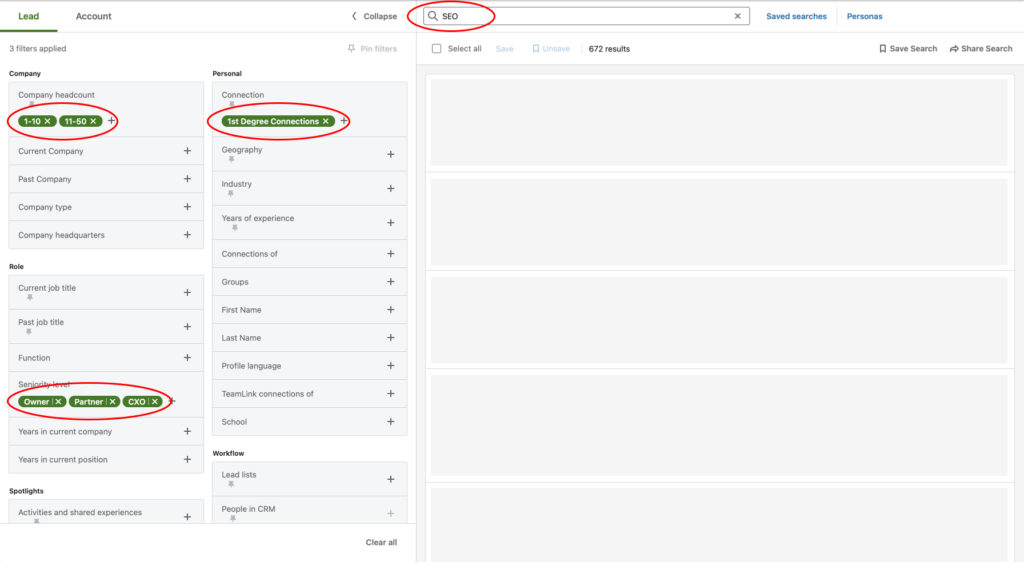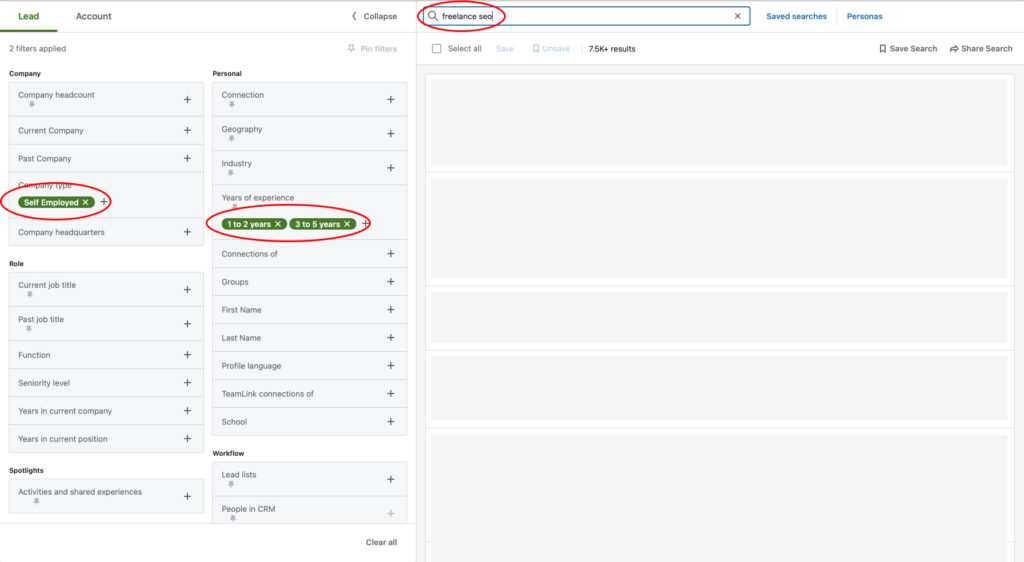As an agency owner, you’ll reach a point when your clients start asking questions about services that are tangential to your primary service offerings. You now have a decision to walk through.
Is this new service:
- A distraction to my current business and I should completely pass?
- A compliment to my current business and I should start building a team?
Before making this decision, I highly recommend reaching out to your team of advisors and walk through it with them. As the owner, you are too far into the “day-to-day” of the business to be able to see all of the benefits or consequences of that decision. For the purposes of this article, we are going to say that you decided to add a new division to your company. We’ll walk through the steps you should take to ensure you are setting yourself up to smoothly expand.
For this article, we’re going to say that you run a boutique marketing agency and want to get more into the SEO space.
Talk to an Expert
Your first task should be to reach out to an expert in the industry you are wanting to expand. I have personally found success reaching out to owners of small agencies. A lot are willing to chat, bounce ideas round, and talk you through some common mistakes that are made. Once you find a person who you mesh well with, ask if they would be interested in doing some consulting work with you over a few months as you get some of your processes ironed out. Having access to an expert can help you in multiple areas:
- Document new processes in your operations manual
- Walk through common sales questions and how to answer them
- Assist in the interview process to ensure the freelancers you hire are qualified

But how should you find this person? If you have access to LinkedIn Sales Navigator, I attached a screenshot above of some filters you should use. I’ve had a lot of success keying in on first-degree connections even if I don’t personally know them. They have already put the effort in to accept my connection request and are a lot more likely to accept a request for a call than a completely cold reach out. In the keywords filter, I added in the type of agency I’m looking for (in this case, SEO).
Find Full-time Freelancers
Now it’s time to start building out a bench of people who are willing to jump into projects as needed. As you’re starting this new line of business, it’s rare to immediately require salaried positions for these team members. I’m of the mindset of trying new team members and ensuring you have new recurring revenue to back the money spent on salaries and benefits. Establishing a group of full-time freelancers will allow you to be nimble as you are getting started with a new division of your company. But how do you find these people? I highly recommend using Sales Navigator again.
What to Search For?

I use the filters to hone in on self-employed and the approximate experience level I’m looking for. However, sometimes the “Self-employed” filter doesn’t work, so I’ll add in the word freelance into the keyword list in the search bar.
You can also find people by using the basic search that LinkedIn provides you as well. Typing in a combination of freelance and the type of work you’re looking for tends to get decent results.
How to Reach Out
Don’t overthink the reach out. I have found that most freelancers love a proactive reach out with potential projects. When you connect to them, make sure you’re adding a note to the reach out. You have roughly 75 characters in the “excerpt” that your potential will see before the See more link hides the rest. Make sure you are getting to your primary request as quickly as possible so it stands out while they are glancing through their inbox.
Hey Alex! I’m actively looking for SEO freelancers as my business is growing. I’d love to learn more about what you do if you are available.
The key pieces of that note end up being visible in the excerpt area:

How to Organize Your List of People
You will need a place to store information about the people you talk to. If you have a CRM, I’d recommend adding some custom fields to your “People.”
Tool
Organize Your Talent Network
Don’t know where to start on how to keep track of your talent? Duplicate this free Google Sheet to get started.

The data points I’d recommend starting with are:
- Name
- Location
- Hourly Rate
- Availability (daytime, moonlight, anytime)
- Skillsets
- Date Connected
- Date Interviewed
- Interest Level
- Portfolio Link (if applicable)
- Notes from Interview
Now you’ll be able to filter the list by skillset, availability, and if you were interested in working with them. When a new request from a client comes in, you will be able to quickly sort through the people you’ve already interviewed to determine who would be the best fit.
Closing the Sale
All that is left is closing the new deal. Before sending over the proposal with finalized pricing, reach out to one of the freelancers in your new network and review the project from start to finish. Make sure you did not miss any details, confirm the cost and timeline from the freelancer. Add about 25% to whatever cost they recommended to give a little buffer room – this is especially true for the initial project in which you partner with them. I’d also recommend adding in some cost for having the expert you have been working with provide some quality assurance on the first deliverable with the new freelancer.
Once you have made a habit out of interviewing new freelancers, selling new projects becomes easier. As long as you are surrounding yourself with experts, adding new lines of business (or expanding current ones) becomes a lot simpler.
